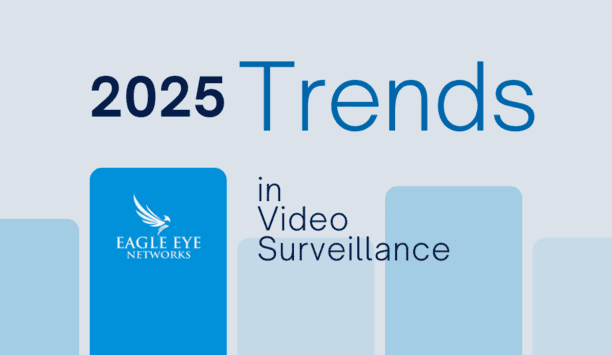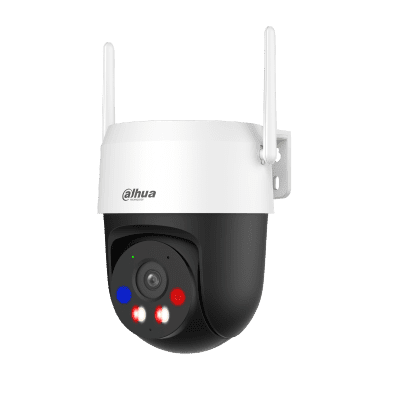Is post-pandemic security more effective than pre-pandemic security?
Editor Introduction
With the worst of the COVID pandemic’s impact behind us, most would agree that the security industry was transformed by the interlude, as were most other elements in our society. But what will be the lasting impact on the security market – positive or negative? We asked this week’s Expert Panel Roundtable: Is post-pandemic security more effective than pre-pandemic security? How?
Security systems must always be highly effective, so the likes of a pandemic shouldn’t make any difference to how well they work. However, during the COVID pandemic (and as we still deal with its effects), the focus of systems design and implementation has changed to deliver more “touchless” access control. For example, the provision of data on building occupancy has improved to enable better and more sustainable management of the built environment. It’s not that there have been any huge technological innovations that have been driven by the pandemic, but more that already existing functionalities have been employed to better manage the fallout from it. The pandemic has however changed and is changing, the workplace and our interactions with the built environment, with a heightened awareness of personal safety. Savvy security providers already have worthy options in place to support this, it’s just a case of deploying the technology most suitably.
During the pandemic, physical security rapidly evolved from being seen as a tool for mitigating risk, to playing a much more significant role in organisations’ digital transformation. In a recent survey of over 2000 security professionals conducted by Genetec, more than two-thirds (69%) of respondents described physical security and related data as “mission-critical.” Organisations are increasingly using the data gathered by their physical security systems to not only increase situational awareness but also improve overall business efficiency, foster good collaboration and accurate communication between stakeholders, and improve productivity and asset optimization. The shift to a remote workforce has also caused us to think beyond protecting the traditional perimeter. As a result, we’re seeing a focus on making identity the new perimeter, and an increase in zero-trust networking implementations. It is becoming clear that physical security technology is becoming a strategic asset that enables organisations to transform and improve their business processes to achieve operational resilience through integrated risk management.
Editor Summary
The pandemic presented new challenges to the physical security marketplace, and the industry has acquitted itself well. The challenge now is to take lessons learned and apply them to making post-pandemic security systems better than ever. In many cases, we are already on the right path.
- Related companies
- Axis Communications
- TDSi
- Genetec, Inc.
- Related links
- Axis Communications Access control software
- Axis Communications CCTV software
- Axis Communications Digital video recorders (DVRs)
- Genetec CCTV software
- Genetec Access control software
- TDSi Access control software
- TDSi CCTV software
- Axis Communications Access control readers
- TDSi Access control readers
- TDSi Electronic locking devices
- Axis Communications Network video recorders (NVRs)
- Genetec Network video recorders (NVRs)
- TDSi Network video recorders (NVRs)
- TDSi Electronic keypads
- TDSi Access control cards/ tags/ fobs
- View all news from
- Axis Communications
- TDSi
- Genetec, Inc.
Expert commentary
A modern guide to data loss prevention
Download7 proven solutions for law enforcement key control and asset management
DownloadSecurity practices for hotels
Download2025 Trends in video surveillance
DownloadMaximising security and performance
DownloadDahua P3AS-PV 3MP Outdoor Wi-Fi PTZ Camera with Active Defense
Climax Mobile Lite: Advanced Personal Emergency Response System (PERS)
Hanwha Vision 4CH AI Multi-sensor Camera with WAVE VMS

















